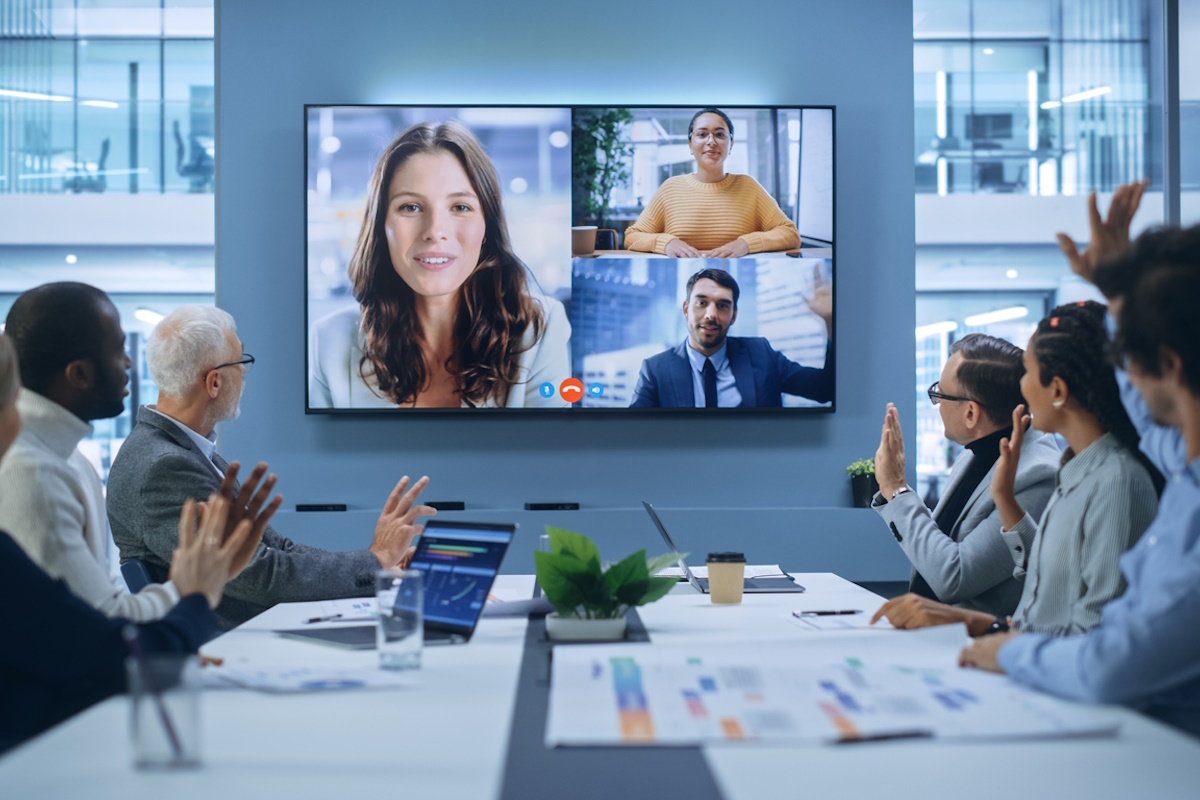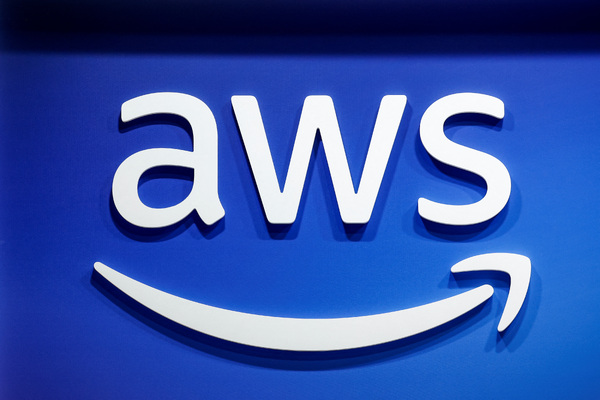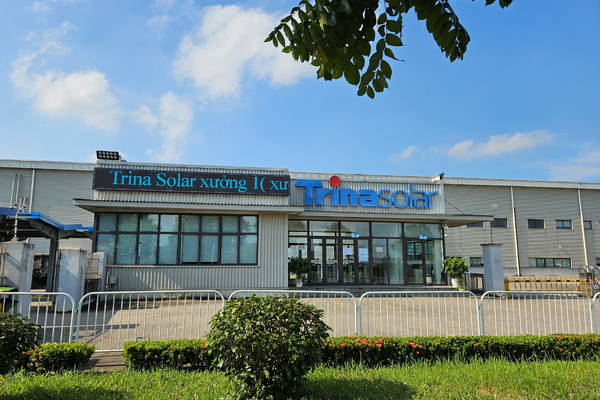Driving equitable meetings in the hybrid workplace

Eamon O’Doherty at Logitech explains what organisations need to do, if they are to get the most from hybrid and remote employees
Hybrid working has been around for years. What has changed in recent years is the scale of hybrid working. In fact, just a third (34%) of Brits still work at the office four or more days a week, making the UK the working-from-home capital of the world.
As this working model has evolved, so have the views of what ‘hybrid’ means to employees and organisations; this could be anything from working in the office two days a week to two days a month.
But whatever the policy looks like, it must have a positive employee experience as its driving factor.
Employees must feel able to be as productive as possible, regardless of where they’re working. For this to happen they must be able to communicate and collaborate with one another from anywhere. Businesses must therefore invest in technology that allows employees to work flexibly, supports communication, and provides an equal experience to all workers, no matter where they are.
The hybrid challenge
As hybrid working has boomed, workers have become accustomed to the benefits that greater flexibility offers – like being able to fit work around home commitments.
However, working remotely can come with downsides too. Common challenges include difficulty concentrating outside of the office environment, frustration at poor quality kit, and feeling that you can’t contribute to virtual meetings in the same way as you can when you are physically present.
When hybrid working was enforced during the pandemic, businesses had to purchase whatever technology they could get their hands on, regardless of quality, to keep things running. While this served the purpose of allowing work to continue during uncertain times, a lot of solutions are no longer fit for today’s hybrid working needs.
For long-term hybrid working to be a success, every employee must feel an equal contributor to meetings and to the wider business, regardless of where they are. This requires solutions that are intuitive, enhance communication and collaboration, and facilitate a positive experience for everybody equally.
Fitting tech to room requirements
Creating this equal experience starts with making sure rooms are fitted with video conferencing systems that are the right for the space. When equipping rooms, businesses should consider factors such as the experience of the user, the type of work that is taking place in the space, and the configuration of the room.
For example, large meeting rooms can be a difficult workspace to integrate into a hybrid office. This is where multi-camera systems are most effective. An effective set up could be a tabletop camera paired with a front-of-room video bar. This set up can track and frame users while also intelligently switching between cameras. Remote participants can see each speaker from the best angle and be engaged in discussions. This will promote meeting equity.
In contrast, for smaller spaces, like huddle rooms, all-in-one video conferencing solutions can work well. With fewer participants in the room, a single camera can zoom in to the speaker and frame them, something that is effective at supporting remote attendees to see and hear clearly.
Even more so, AI-powered devices can pick the best camera angle for the person speaking, providing a view to remote participants as if they were sat in the room.
Extending benefits to the home and beyond
As well as getting meeting rooms set up for hybrid working, businesses also have a responsibility to equip remote employees with the right solutions. This important from a productivity perspective, so that employees can communicate and collaborate effectively. It also allows employees to build and maintain better relationships with one another.
Employees working from home are sometimes working from laptops with in-built microphones and webcams that fail to match the quality of solutions in the office. Staff may also be working in a range of environments, often with noise or poor lighting, meaning they might struggle to be seen and heard clearly.
The outcome is that remote employees can feel isolated from other, in-person, meeting participants and unable to contribute meaningfully. Almost inevitably they disengage from what’s going on.
To overcome this, quality headsets, webcams and speaker docks can be a gamechanger for remote employees, supporting them to get involved as though they were in the office.
Advanced webcams are helping to improve the experience with features such as auto-framing, high dynamic range and show mode. Show mode allows users to point the webcam at their desk and share content, whether it’s a sketch on a piece of paper or a new device, with meeting participants. Noise cancelling headsets with enterprise grade mics can help make sure employees can hear everything going on and, equally, be heard.
Paired together, advanced webcams and noise-cancelling headsets give remote participants the ability to share their thoughts and ideas easily and as if they were in the room.
Solutions like all-in-one docking stations are also making joining calls from home as simple as a touch of a button. This helps to avoid clunky transitions between different meetings, making collaboration seamless.
Paving the way to productive meetings
The way we work will continue to evolve, and with it, so will the needs of employees. Businesses must cater to these needs, supporting employees to communicate and collaborate equally, and helping to boost productivity.
Getting the right technology in place is at the centre of this transition. Solutions that are intuitive, enable all users to collaborate with colleagues internally and externally need to be the new norm.
The days of high-quality AV being located only in boardrooms are ending. Users want meeting equity, regardless of where they’re joining a meeting from, and that requires solutions that allow them to work in a way that suits them.
Once businesses recognise this, they’ll be on the path to preparing themselves for the workplace of the future.
Eamon O’Doherty is Portfolio Director – Europe, Logitech
Main image courtesy of iStockPhoto.com

Business Reporter Team
Most Viewed
Winston House, 3rd Floor, Units 306-309, 2-4 Dollis Park, London, N3 1HF
23-29 Hendon Lane, London, N3 1RT
020 8349 4363
© 2025, Lyonsdown Limited. Business Reporter® is a registered trademark of Lyonsdown Ltd. VAT registration number: 830519543





